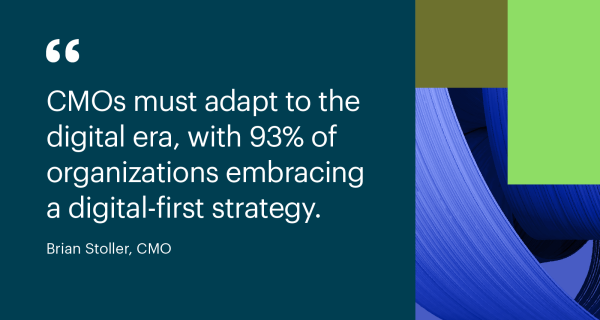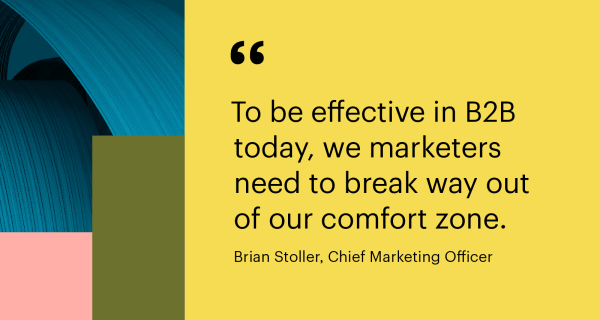When sales and marketing lack consensus, opportunities get left on the table
On an almost weekly basis in our organization, in reviewing our campaign progress and numbers for the month, the conversation inevitably turns to the fidelity of our leads. “That’s a prospect, but not a lead.” “That’s a lead, but not an MQL.” It’s a topic for debate that I’ve seen in other organizations I’ve worked for, amongst clients, and across the industry as well—and one that never seems to reach a clear resolution.
As B2B marketers, a top KPI for many of us is the delivery of high-quality leads to the business—leads that have a high propensity for conversion to opportunity and that ultimately contribute to company revenue. Marketing Qualified Leads, or MQLs, are the lifeblood of the data-driven marketing department. So why do we not have a clear definition of what classifies as an MQL?
My team set out to test our theory that the market at large lacks a standard MQL definition. 130+ marketers across LinkedIn proved us right.
Via a LinkedIn poll on Foundry’s page, we asked a simple question: How do you define an MQL? We gave four options:
- Activity-based (downloads)
- Intent-based score
- Book a demo / hand-raisers
- Other

While “book a demo / hand-raisers” came out on top with 37% of respondents, there was no one clear winner. “Activity-based (downloads)” earned 30% of responses, “intent-based score” came in third with 22% of votes, and even the ambiguous “other” option garnered 11% of votes. And while we did not conduct this poll with even a fraction of the rigor as we do with our other industry-leading research, we believe the data is strong enough to confirm one thing: there’s a lack of consensus amongst marketers when it comes to the MQL.
So, what should marketers, and revenue teams at large, do to address this? Whereas for other functions of the revenue team there’s less grey area when it comes to funnel stages (prospecting, opportunity, closed won, etc.), for the marketing team, who generally feed the sales pipeline, there’s a wide range of what can classify as a lead.
This is due, in part, to the fact that marketing teams have so much data to measure as a result of their activities. Behavioral intent, digital engagement, content downloads, and contact form fills can all make for valuable leads, but treating each of these leads equally within the organization not only drives tension between marketing and sales, but also causes the funnel to be fragmented.
Insisting that the market agree on a standardized definition of an MQL misses the point. Instead, marketing and sales teams need to work together to develop strategies to make the most of the vast amount of data available to them. A lead should not be seen as disqualified simply because they haven’t raised their hand, because most actual buying isn’t as linear as the funnel model suggests. Doing so only undermines all of the value that marketing creates in the upper funnel— value that strategic sales and SDR teams know how to leverage to drive pipeline.
By broadening the concept of the MQL and designing strategic approaches to nurturing and converting the many variations of qualified leads, revenue teams not only increase the number of viable prospects to engage with, but they also reap the full benefits of marketing’s work.





